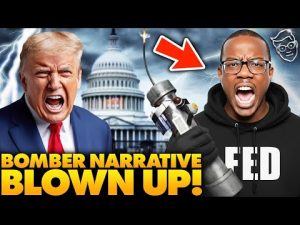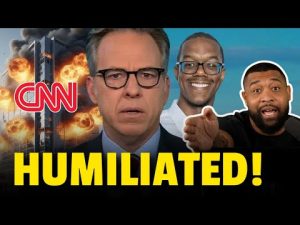**The Tougher Citizenship Test: History with a Twist**
This month, the federal government introduced a new and challenging citizenship test, and it’s safe to say that aspiring Americans are facing quite the gauntlet. Unlike its predecessor, which some might say was a bit too lenient, the new examination is thicker, tougher, and packed with questions that require more than a basic understanding of American history. And let’s be honest, if you were under the impression that anyone could breeze through it while munching on a donut, think again!
The tough questions put aspiring citizens’ knowledge of U.S. history and government to the test. One of the first questions asks who authored the Declaration of Independence. If you thought Benjamin Franklin had penned those famous lines, you might want to brush up on your history. The correct answer is Thomas Jefferson, but how many everyday folks could tick that off without turning red? That’s the challenge — not just answering questions, but doing so under pressure while avoiding the pitfall of second-guessing.
Speaking of pitfalls, the test has the potential to send even the most promising candidates into a spiral. One question dives into the realms of amendments, specifically focusing on the 14th amendment, a critical piece of legislation that defines U.S. citizenship. With options jumping between the Second, Sixth, and Twelfth Amendments, it’s a bit of a brain teaser. How many people actually know what each amendment entails? Perhaps it’s time to hit the books again.
And history fans, prepare yourselves, because there’s a tricky one about the American Revolution! Contestants are asked to name a significant battle, with options such as the Battle of Gettysburg and the Battle of the Bulge — clearly events from later wars. But, would-be citizens need to remember that battles like Yorktown were crucial in securing America’s independence. If the test-takers can’t grasp the timeline of significant events, they might end up flunking Early American History 101 before even stepping foot on U.S. soil.
The excitement builds with clever questions about American innovations. One of the latest challenges asks for an example of American ingenuity. Is it the light bulb? The stethoscope? The computer? History suggests that while the modern version of the light bulb was indeed made famous by Thomas Edison, some innovations have roots reaching deep into British soil. It’s a labyrinth of historical trivia that leaves many scratching their heads!
To wrap up this intellectual obstacle course, newcomers face questions that evoke national conversation topics. A question regarding the reasoning behind the U.S. entry into the Persian Gulf War may not just engage responses, but also a debate about oil vs. international relations. And, let’s not forget questions that challenge how well citizens know their own holidays. Ask any American what Memorial Day signifies, and while many may instinctively remember it’s to honor military personnel, the risk of general confusion looms large.
In the end, with a passing score set at 60 percent and a total of twenty questions, many might worry about just how well they would fare. Could the average American — heck, even the average quiz lover — really score well without accidentally hitting the ‘I have no clue’ button a few times? As this new citizenship test rolls out, it’s not just about right and wrong answers; it’s about instilling a deeper understanding and appreciation of the rich tapestry that is American history. So, for those gearing up to take this test, a little extra study might just be the trick to securing one’s newfound American citizenship — and avoiding any awkward “what’s-your-favorite-amendment?” conversations.







